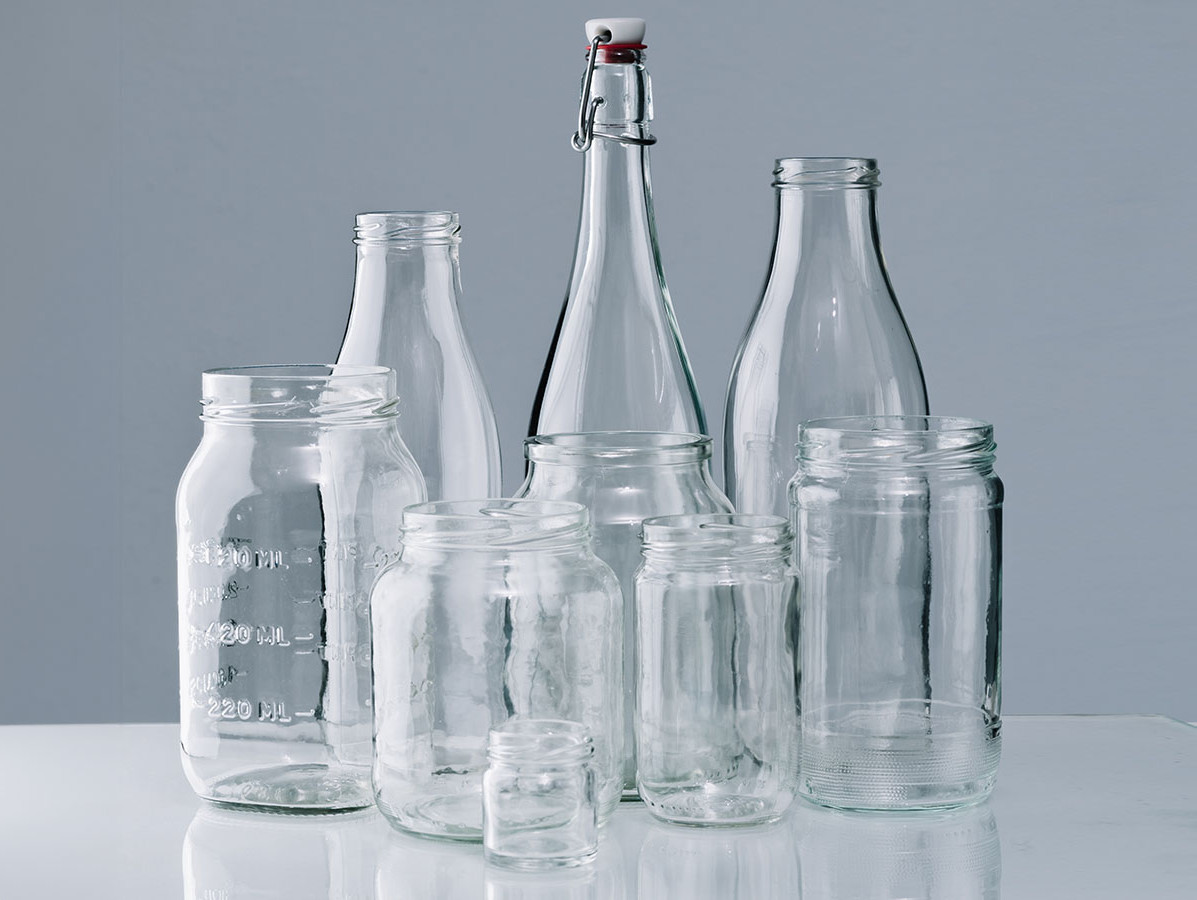
The beer industry has mainstreamed the reuse of glassware for decades. Will the future see the same for other glass-packaged products like canned vegetables, jam, and chocolate spread? Floor Stefess, a product development intern at Brinkers Food, delved into this topic.
Sustainability in packaging is high on both societal and political agendas, leading to rapid changes in food packaging. The focus, as evidenced by European Single-Use Plastics (SUP) legislation and the Plastic Packaging Waste Regulation (PPWR), has predominantly been on plastics. However, the world of glass packaging is also starting to see some action. Glass has been recycled for decades, but its reuse in the food industry is a different matter.
In my thesis for the Master's in Industrial Design, I developed a framework to support the introduction of reusable glass packaging in the supply chain. This involved researching the implications for the food industry. How ready is the industry for reusable glass packaging, or are the associated risks too significant?
Glass, a single-material, is ideal for endless reuse within the same packaging chain. Collection rates have hovered around 80% for years, with the Dutch government aiming for 90%—leaving room for improvement. Yet, recycling glass is energy-intensive. Reusable glass, despite the energy needed for transportation and cleaning, sees a 50% reduction in energy use after just two reuse cycles. Despite this, the industry is hesitant to adopt this sustainable and often cheaper option. The risks are considerable—just one improperly cleaned jar can cause significant issues. Hence, rigorous cleaning procedures and checks on reusable glass are crucial in the food industry, where the lack of standardized procedures is a major issue.
Standards like BRC, IFS, and FSSC cater to linear supply chains where packaging enters waste processing or recycling systems. Reusable packaging doesn't fit these models; it belongs in circular supply chains, for which standards are not yet adapted. For instance, BRC focuses on simple agreements between parties, traceability of components, and standardization of internal operations, which are insufficient for a circular supply chain involving multiple parties.

Floor Stefess
Cleaning glass packaging that has contained liquids or pickled products is relatively straightforward. But removing viscous products like jam or chocolate spread requires more than just hot water. Plus, consumers are not yet comfortable with the idea of reusing a jar that might have once contained peanut butter, even if it's been thoroughly cleaned and inspected.
Breweries have found a good solution for traceability issues. They have designed their supply chains to individually check each package using various technologies, effectively 'resetting' each bottle after it meets strict quality standards, as if it were entering a linear process for the first time. This ensures both traceability and safety.
Unfortunately, this system is not feasible for small to medium-sized producers who cannot afford a full collection, cleaning, and inspection system. Collaborations among multiple parties are essential, offering financial and logistical benefits and resulting in a system where a significant number of packages are returned. What's needed to establish such a system? Firstly, motivation from the food sector. But without government support, it won't be possible. A critical role also lies with food safety standards, which must establish clear procedures for using reusable glass packaging. Guidelines that provide consistency and help companies navigate risks.
We, as a society, are making strides in reducing plastic packaging and making the packaging chain more sustainable. Let's also make the necessary moves in the glass category. As producers, logistics providers, and retailers, and in our role as consumers. Only by committing fully can we move closer to a more sustainable society.
Source: Vakblad Voedingsindustrie 2024